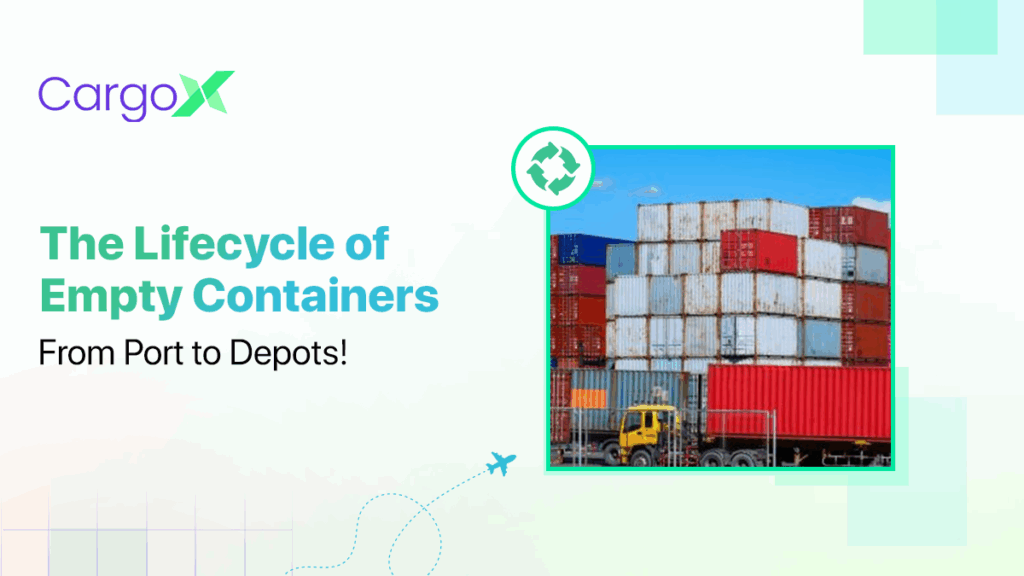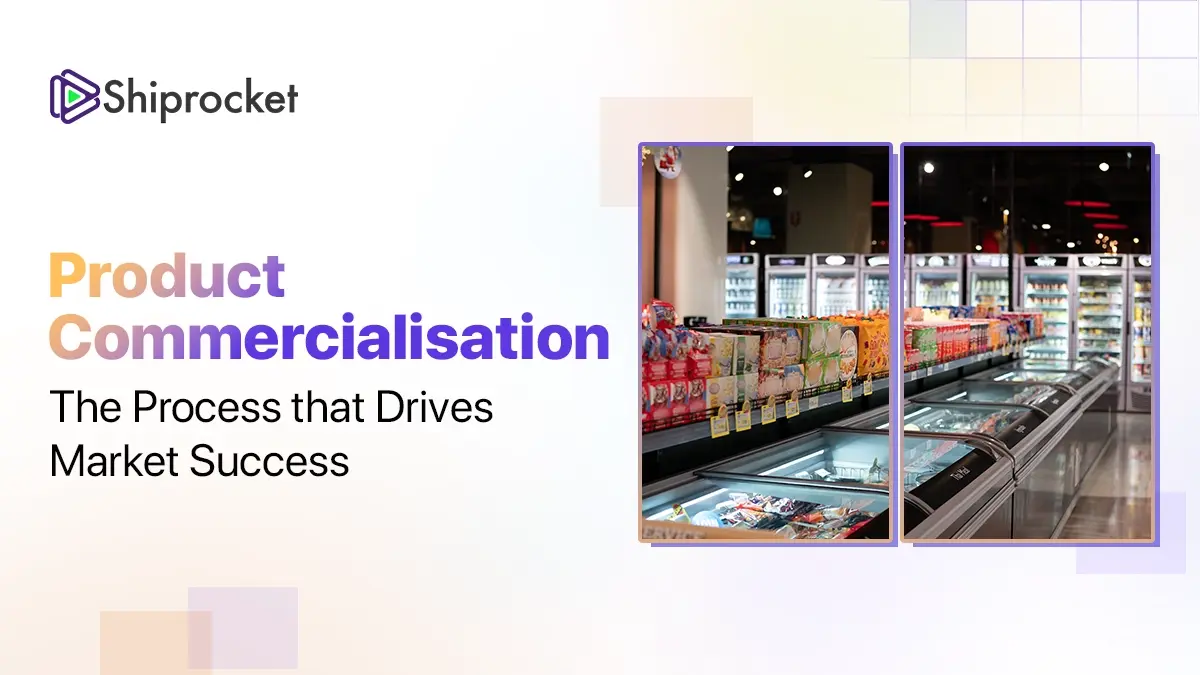Why Empty Container Returns Matter in Global Logistics
The global shipping and logistics industries depend on seamless logistics to keep the trade moving smoothly across the globe. While many aspects of logistics are well-known, the process of handling empty containers often goes unnoticed.
But what happens to containers after they deliver their cargo? After delivering goods from one country to another, containers don’t just stay there; they must start another journey. The containers must be returned to the ports, depots, or next destinations where they are supposed to transport goods again. This step is more than simple logistics; it’s a balance between cost efficiency, operational readiness, and environmental responsibilities.
But why does this process matter so much? What makes it complex? And how do we address these challenges? In this blog, you will explore how empty container returns keep the shipping industry running smoothly and sustainably.

The Basics of Empty Container Returns in Shipping
Empty container returns are important to the shipping industry’s logistical process. After containers have delivered cargo to their destination, they need to be returned to their initial location or any other redistribution centre for reuse. This process ensures that the containers are available at every possible location when required while keeping the supply chain moving efficiently.
After the container is emptied at its destination, it is inspected for damages, repaired if necessary, and cleaned (if necessary). It is then transferred to a facility centre, where it can be stored or reassigned for other cargo shipping. The decision to return the containers or store them depends on different factors, such as the availability of the cargo, logistical costs, trade imbalances, regional situations, etc. The efficient management of empty container returns is important to minimise shipping costs, maintain operational efficiency, and minimise environmental impacts.
Importance of Empty Container Returns
Global trading and shipping are not fair. Countries like India and China are major exporters, while others import more than they export. This imbalance can lead to containers piling up. This is why empty container returns are important: They keep the wheels of global import and export turning. Each step of managing empty container returns shows commitment to sustainability as reusing containers reduces waste and reduces the carbon footprint. This process is also an economic imperative, as, without it, the imbalance of container supply can increase costs and slow down global trade and the economy.
A Look at How Empty Container Returns Take Place?
The process of empty container returns includes multiple steps that make sure that the containers are transported to where they are needed efficiently and safely. Each step of the return process is important to maintain the integrity of the global import and export. Here is a step-by-step look at how the returns take place:
Offloading the Cargo:
- When the container arrives at the port, it first unloads the goods from the inside. This involves using special cranes and labour to transfer the goods to distribution and storage centres.
- Once everything is unloaded, the container is empty, but it still needs to be checked thoroughly before being sent for reuse.
- A quick check is made before proceeding, and advanced tracking systems record the whereabouts of the containers to ensure that no cargo is left and streamline the next steps of the logistics chain.
Inspection and Cleaning:
- The empty container is then checked for any visible or major damages, such as scratches, dents, broken seals, etc. These checks/ inspections are important to ensure that the container can safely carry cargo in its next shipment.
- Any damages identified are repaired immediately to ensure that it is ready for reuse as soon as possible.
- The containers carrying hazardous or perishable goods require cleaning to prevent contamination and maintain their condition.
- Regular cleaning of the containers ensures longevity and prevents wear and tear.
Return to the Ports or Depots:
- Once the containers are cleaned, inspected, and cleared, they are sent to their designated port or depot.
- The return location of empty containers is selected as per global shipping needs. For example, if one port has an oversupply of cargo, then the containers are sent to them or the ones with higher demand.
- Ports and depots make sure that there are enough empty containers with them to send out the next shipment whenever ready.
Transportation and Logistics of the Container:
- Empty containers are then transported to the nearby ports or depots with the help of trucks or trains.
- The shipping industry chooses appropriate and efficient transportation vehicles to avoid delays and balance time and cost.
- The goal is to return empty containers to their destinations without adding anything to the costs.
- Advanced logistics software optimises routes, ensures timely delivery, and reduces empty container delays until they are used again.
Reuse and Redistribution:
- When the empty containers reach their port or depot, they are catalogued in the digital inventory system, allowing efficient container tracking.
- Ports or depots uses streamlined inventory management systems to match available containers with upcoming cargo or shipment requirements.
- Before being used again, the containers are checked or cleaned again for a final inspection, if necessary, to ensure that they are in perfect condition.
- The containers are then prepared and ready to ship new cargo and sent to their next destination.
Every step in this process plays an important role in making sure that the empty containers are returned, cleaned, and repaired. This process and efficient management of return logistics of empty containers support global trading, shipping, and logistics seamlessly. Through technological updates and strategic planning, the return process of empty containers has become an important part of international logistics. It ensures that no resources are wasted, and that global trade flows uninterrupted.
Conclusion
The process of empty container returns is an important element of the global shipping industry. It operates silently behind the scenes, but keeping global trade alive and streamlining is important. Efficient management of these returns ensures that containers are available wherever needed, optimises costs, and reduces environmental impact.
If you have a business and want to navigate the complex nature of logistics and the shipping industry, understanding and optimising these processes can make you and your business stand out. Explore Shiprocket’s advanced and updated logistics solutions, such as real-time tracking, automated shipping, multi-carrier integration, cost optimisation tools, and global reach. These features help you streamline your shipping operations and increase efficiency in every step of the supply chain. So get started today, take the next step towards optimised shipping with Shiprocket CargoX, unlock the potential of advanced logistics solutions, and succeed in your business today!






